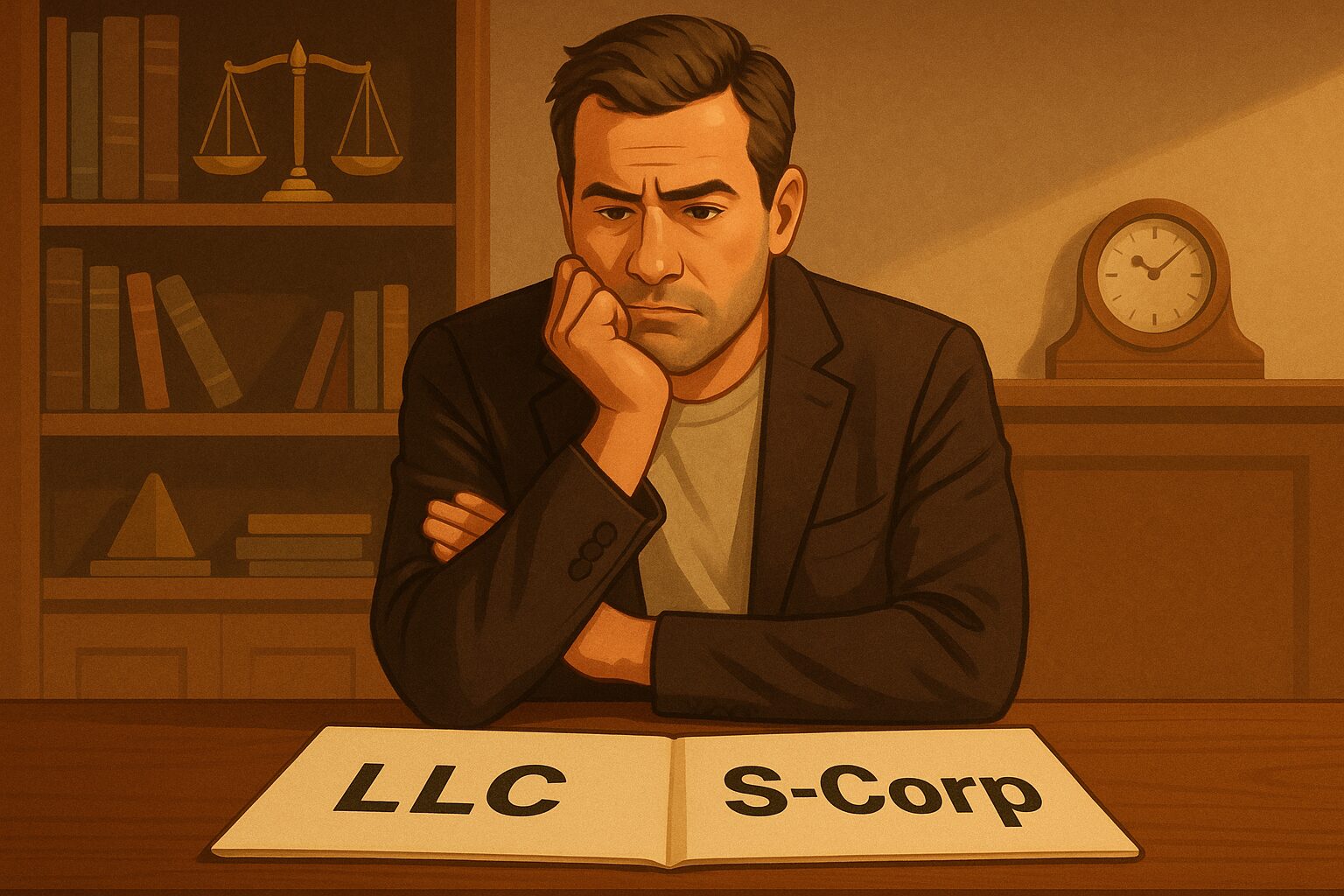Running a small business can feel like juggling fire. You’re managing your team, serving customers, marketing your brand, and dealing with countless other moving parts. But there’s one area where many small business owners get burned: taxes. While it’s easy to overlook or get overwhelmed by the complexities of tax laws, ignoring them can lead to costly mistakes.
Whether you’re new to business or an experienced entrepreneur, understanding common tax mistakes is crucial to keeping your business financially healthy. Avoiding these mistakes not only helps you stay compliant with the IRS but can also save you money and stress in the long run.
In this article, we’ll discuss three of the most common tax mistakes that business owners make: misclassifying workers, failing to pay estimated taxes, and not keeping proper records. Let’s dive into each one and explore how you can avoid them to protect your bottom line.
Misclassifying Workers: W-2 vs. 1099
One of the most common tax mistakes small business owners make is misclassifying workers. It may sound like a small issue, but it can lead to big problems down the road. As a business owner, you have to decide whether to treat workers as employees (W-2) or independent contractors (1099). This decision matters because it affects how taxes are paid and what deductions are available.
Employees (W-2): If you hire someone as an employee, you’re responsible for withholding taxes from their paycheck, including Social Security, Medicare, and income tax. You also pay a portion of Social Security and Medicare taxes, and you need to provide benefits like workers’ compensation, unemployment insurance, and possibly health insurance.
Independent Contractors (1099): Contractors are more independent, and you’re not responsible for withholding taxes from their paychecks. They handle their own taxes, and you simply report what you’ve paid them to the IRS. Contractors are also not entitled to benefits like employees are.
Misclassifying a worker as a contractor instead of an employee, or vice versa, can lead to hefty fines and penalties. For example, if you treat a worker as a contractor but they should have been classified as an employee, the IRS could require you to pay the taxes you failed to withhold, plus penalties and interest.
Let’s take a quick example:
Imagine you hire a graphic designer to work on your marketing materials. You pay them $10,000 for the project. If you classify them as an independent contractor (and they’re truly an independent contractor), you’ll issue them a 1099 form at the end of the year. But if you misclassify them as an employee, you’ll need to withhold federal income taxes, Social Security, and Medicare from their pay, and you’ll also be liable for your share of the payroll taxes.
To avoid this mistake, make sure you understand the IRS guidelines for classifying workers. The IRS uses several tests to determine whether someone is an employee or a contractor, such as the level of control you have over their work. If in doubt, consult with a tax professional or attorney who can help you navigate these rules.
Failing to Pay Estimated Taxes
Another common tax mistake business owners make is failing to pay estimated taxes. Unlike employees who have taxes automatically withheld from their paychecks, business owners are responsible for paying their own taxes throughout the year. This includes not just income tax, but also self-employment taxes for Social Security and Medicare.
The IRS requires most self-employed individuals and small business owners to pay estimated taxes quarterly. If you don’t, you could face penalties and interest when tax time rolls around.
Here’s a simple breakdown:
If you expect to owe $1,000 or more in taxes for the year (after subtracting any withholding and refundable credits), you need to make quarterly estimated tax payments. These payments are due in April, June, September, and January of the following year. The amount you need to pay is based on your estimated income for the year.
Let’s say you’re a freelance writer and you earn $50,000 a year. At the end of the year, you calculate that your tax liability will be around $7,500. You would need to pay roughly $1,875 each quarter to stay on track.
If you don’t make these payments, you could end up with a surprise tax bill at the end of the year. Worse, the IRS may charge you penalties for underpayment.
To avoid this mistake, make sure you track your income throughout the year and set aside money for taxes. You can use accounting software or hire a professional to help you estimate your tax payments. And remember, it’s better to overpay a little and get a refund than to underpay and face penalties.
Not Keeping Proper Records
Good record-keeping is the backbone of a successful tax strategy. Without proper documentation, you could miss out on valuable deductions, or worse, face penalties during an audit. The IRS requires business owners to keep records of all income, expenses, and deductions related to their business.
I’ve recently published an article with suggestions – you can find it HERE.
Here’s why record-keeping is essential:
- Deductions: To reduce your taxable income, you need to be able to prove the expenses you’ve incurred. Whether it’s office supplies, business travel, or equipment purchases, if you don’t have records to back it up, you might miss out on deductions.
- Audit Protection: In the event of an audit, you’ll need to show the IRS proof of your expenses and income. Without proper records, you might not be able to substantiate your claims, and the IRS could disallow your deductions.
- Tax Filing: At tax time, accurate records make filing your taxes easier and more efficient. When you keep track of your income and expenses throughout the year, you’ll have everything you need when it’s time to file.
Let’s consider an example of a restaurant owner:
If you own a small café, you might have a variety of expenses, including inventory costs (food and supplies), employee wages, rent, and utilities. If you don’t keep track of these expenses and only remember them at tax time, you might overlook deductions or fail to report income accurately.
By maintaining a good record-keeping system, whether through digital tools or a simple spreadsheet, you’ll ensure that you capture all the necessary information. And don’t forget to store receipts, invoices, and bank statements to back up your claims.
How to Fix These Common Mistakes
Now that we’ve discussed some of the most common mistakes, let’s talk about how to fix them.
- Classify Workers Correctly: Review the IRS guidelines for classifying workers and ensure you’re following them carefully. If you’re unsure, ask for help from a tax professional to avoid misclassifying workers.
- Pay Estimated Taxes: Set up a system to track your income and make quarterly estimated tax payments. If necessary, work with an accountant to estimate your taxes accurately.
- Stay Organized: Create a record-keeping system that works for your business. Use accounting software to track income and expenses, and store all receipts and documents for at least three years.
Conclusion
Avoiding tax mistakes is essential for keeping your business financially healthy. By classifying workers properly, paying estimated taxes, and maintaining good records, you can stay compliant with the IRS, reduce your risk of penalties, and save money in the long run.
Don’t let these common mistakes trip you up. With a little attention to detail, you can ensure that your business thrives while minimizing your tax burden.
Welcome to the New Age of Accounting. Let’s begin.

Chris is the Managing Partner at Weston Tax Associates, a best-selling author, and a renowned tax strategist. With over 20 years of expertise in tax and corporate finance, he simplifies complex tax concepts into actionable strategies that drive business growth. Originally from Sweden, he now lives in Florida with his wife and two sons.









